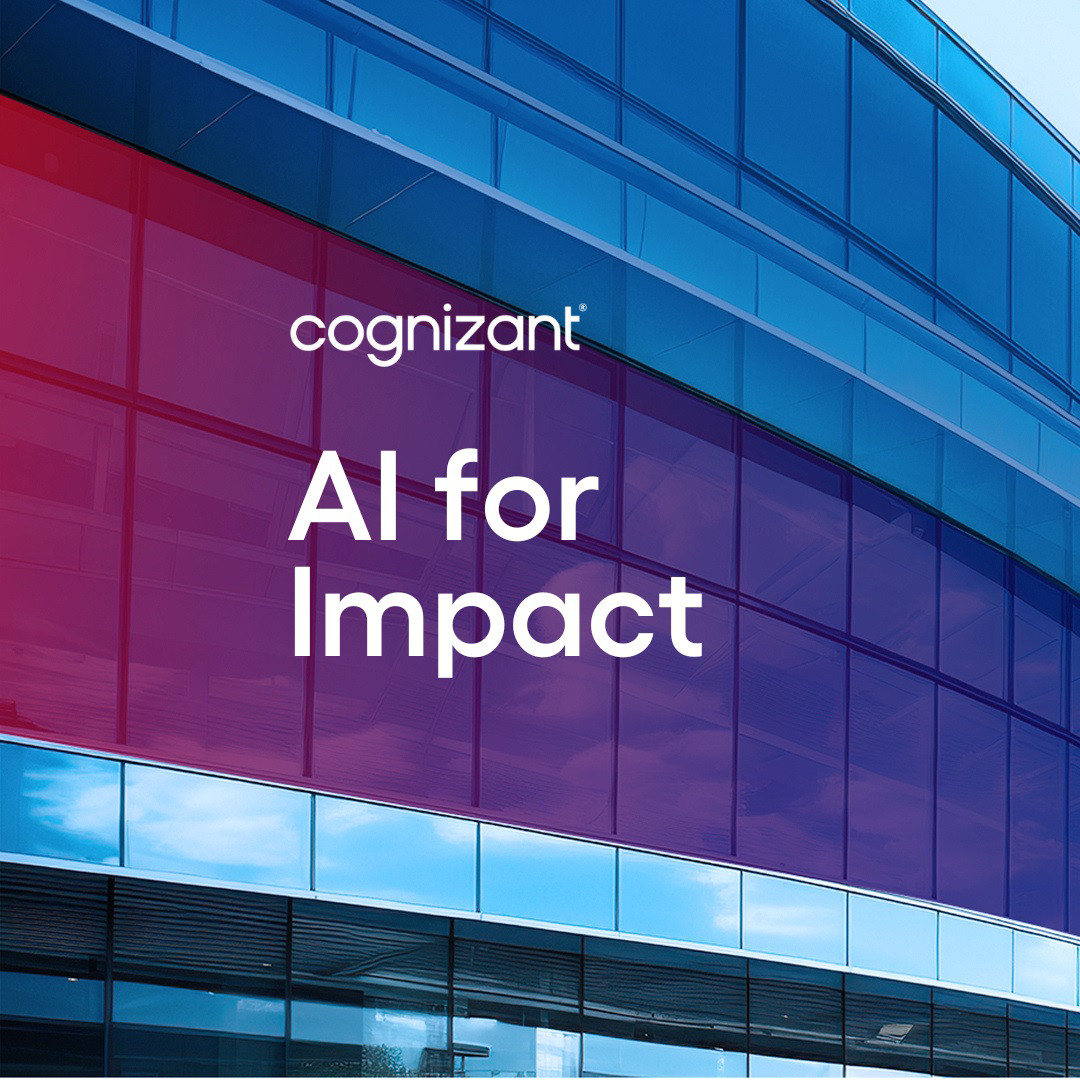What is human-centered AI?
Human-centered AI learns from human input and collaboration, focusing on algorithms that exist among a larger, human-based system. Human-centered AI is defined by systems that are continuously improving because of human input while providing an effective experience between human and robot. By developing machine intelligence with a goal of understanding human language, emotion and behavior, human-centered AI pushes the boundaries of previously limited artificial intelligence solutions to bridge the gap between machine and human being.
From a business standpoint, human-centered AI solutions leverage human science and qualitatively thick data to understand the deeper needs, aspirations and drivers that underlie customer behaviors in your market. Advanced contextual analytics combine data and human science to deliver specific behavioral information. When analytics are applied to human behaviors and choices, patterns appear. These contextual analytics combine data and human science to produce dramatically improved, personalized customer experiences. Clear, informed business strategies can be developed when companies know exactly what their customers do and expect.
What are the business benefits of human-centered artificial intelligence?
The business benefits of human-centered AI include:
- Informed decision-making: The goal of human-centered AI is not to replace humans entirely but to enhance our capabilities by way of intelligent, human-informed technology. Through its combination of the precision of machine learning with human input and values, human-centered AI enables businesses (specifically, the humans in the business) to make more informed decisions and develop clearer strategies and solutions to challenges.
- Reliability and scalability: Human-centered AI takes our abilities as human thinkers and allows our ideas to scale to serve much larger data needs. AI’s purpose is to help humans, but without human input and understanding, it can only help so much. Taking a human-centric AI approach puts some of the computational heavy lifting on the shoulders of technology while still leveraging emotional and cognitive input from human beings. This allows for the expansion of processes and information to a larger scale without compromising data integrity or increasing spend on human resources.
- More successful software and product-building: By applying the principles of behavioral science to technology through human-centered AI, developers and product designers are able to tap into user behavior and subconscious patterns to construct products and services that follow more satisfying, informed, enriching and in the cases of entities like Instagram or games, addictively rewarding user experiences.
For more information about human-centered AI, see our additional articles below.



















